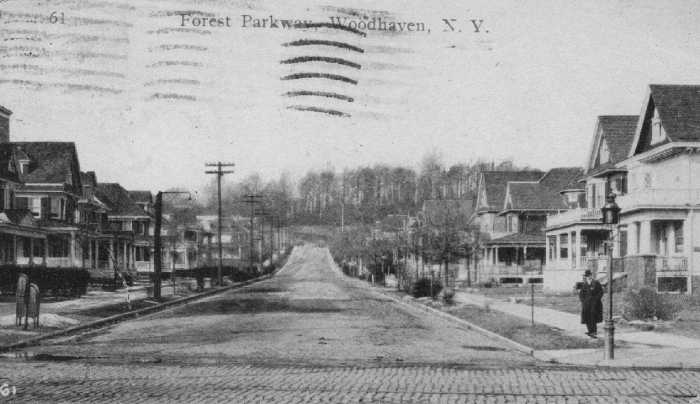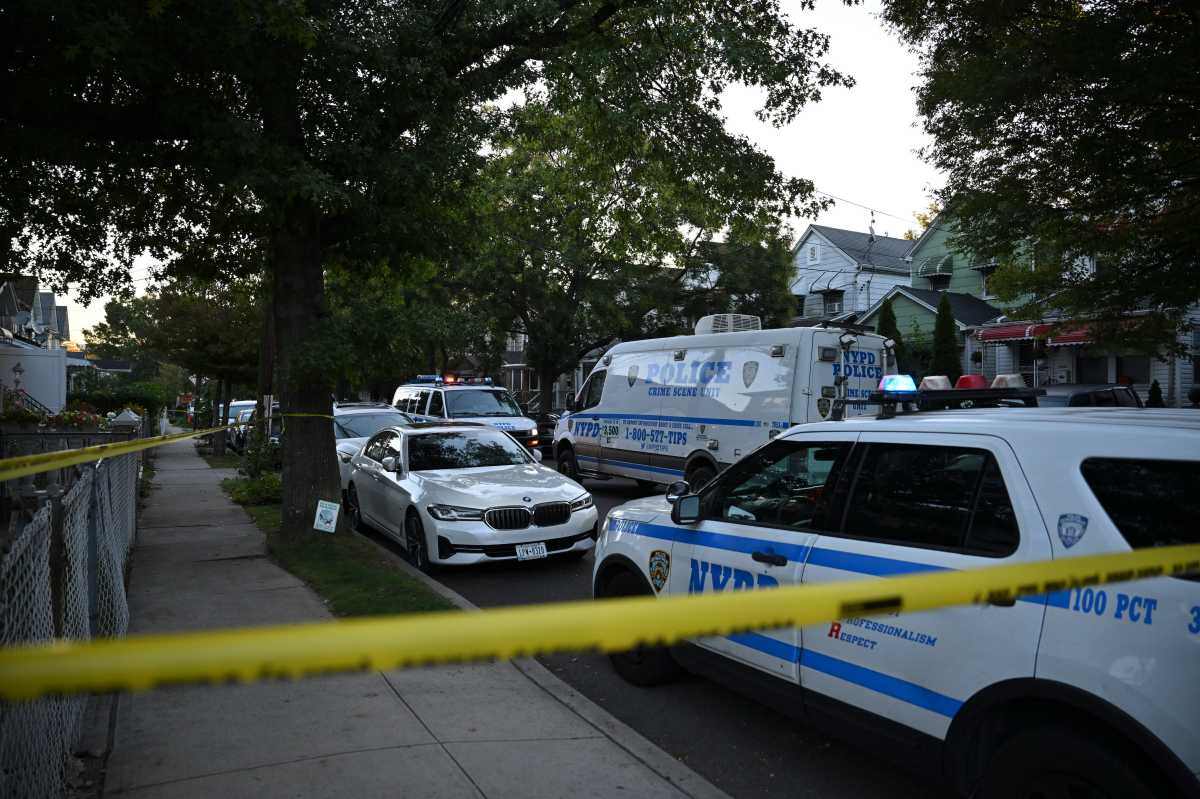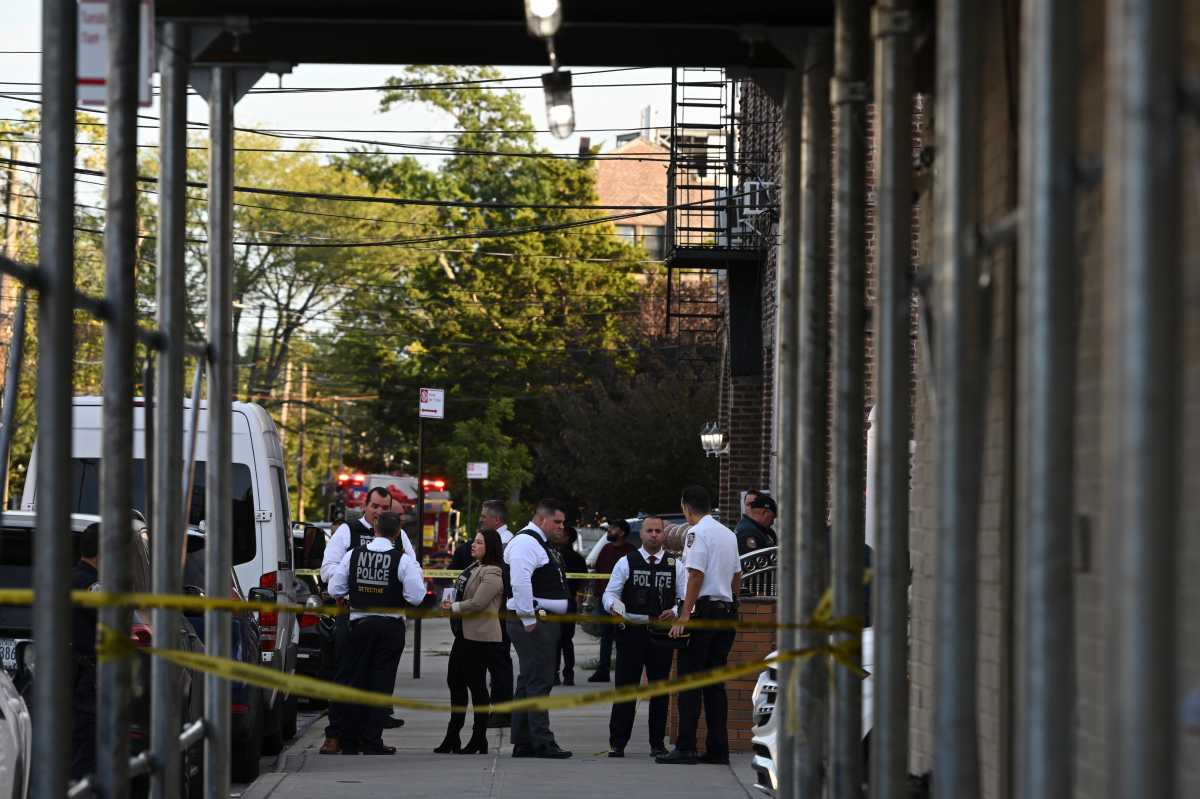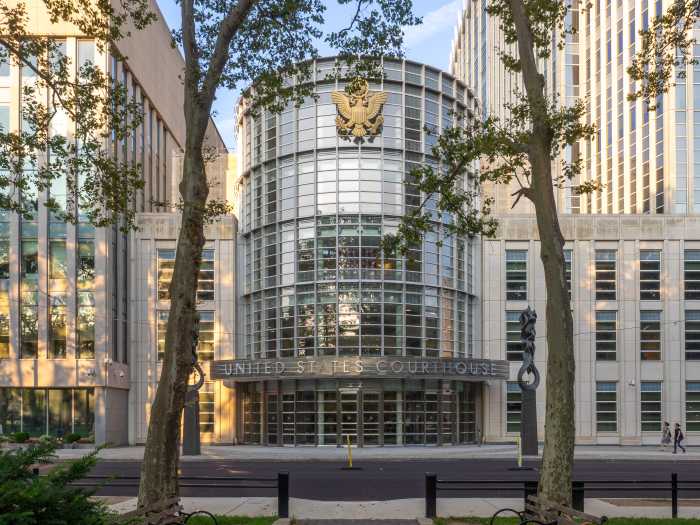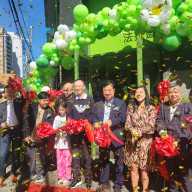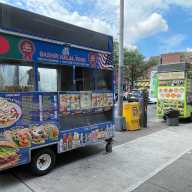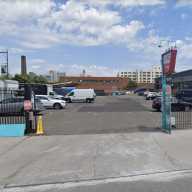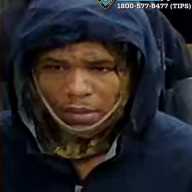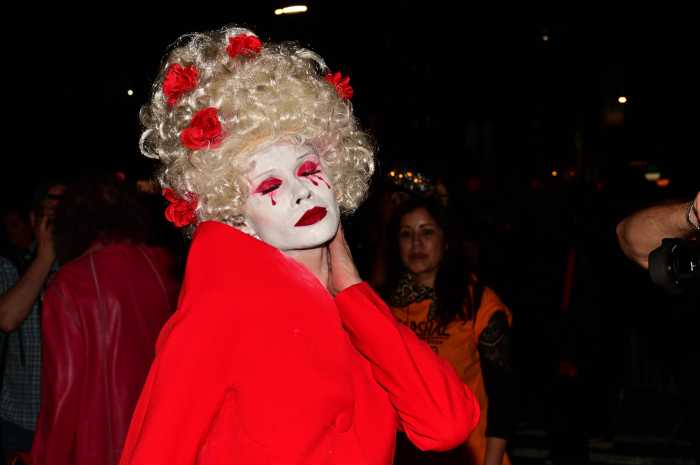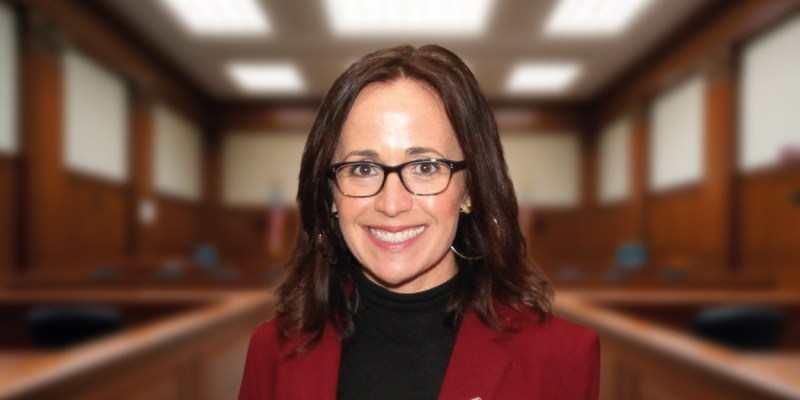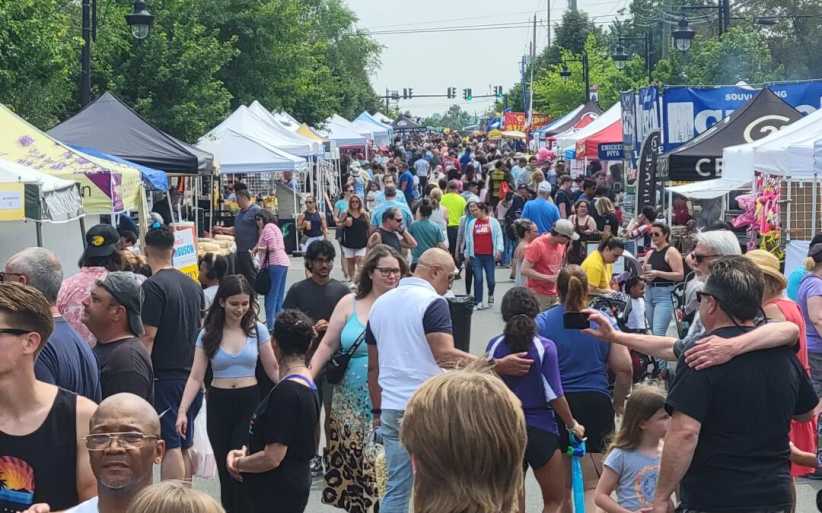By James DeWeese
When Twain's cousin fell ill toward the end of the 1800s and word mistakenly spread that death was knocking at the great American wit's door – as the oft-repeated, though somewhat apocryphal story goes – he told an inquiring newsman, “The reports of my death are greatly exaggerated.”
Residents of Jackson Heights might have offered a similar assessment of their condition when in the 1980s news reports made the garden community synonymous with the drug trafficking and crime that plagued the city as a whole.
In fact, longtime residents and politicians said, Jackson Heights was better equipped to confront the financial and social woes that weighed heavily on the city at that time.
“New York magazine – those bastards – basically said, 'Jackson Heights is the cocaine capital of the world,'” state Assemblyman Ivan Lafayette (D-Jackson Heights) said.
Jackson Heights, like everywhere, was experiencing an uptick in drug crime. But the report was blown out of proportion because the nature of the media is to report the “odd stories,” Lafayette said.
“Jackson Heights was a very special area,” said Lafayette, who decided to remain in the neighborhood when the housing market collapsed in the '60s and '70s, the worst crisis since the planned community sprung into existence in the 1920s.
“I had to – I represent the area,” Lafayette joked.
Jackson Heights had a series of attributes dating from its origins as a carefully planned, middle-class urban suburbia that made it an obvious place to weather the proverbial storm, life-long resident Daniel Karatzas said.
“What never changed was the quality of the housing stock and the proximity to Midtown,” said Karatzas, who is a board member of the Jackson Heights Beautification Group, a local real estate agent and the author of a book on the community's history, “Jackson Heights: A Garden in the City.”
At a time when most of Queens was still farmland, the Queensboro Corp. began acquiring the properties it would eventually shape into Jackson Heights.
In laying out the classically styled garden apartment complexes, the company, under the leadership of Edward MacDougall, made provision for every possible suburban amenity from an 18-hole golf course to tennis courts.
The tennis courts, which eventually made way for IS 145, and the golf course, the current site of the Dunnolly apartment building, are long gone, Karatzas wrote in his book. But the expansive garden-style apartments and single-family connected brick homes that later sprung up around them remain.
These high-quality buildings, Karatzas said, were largely immune to the onslaught of developers who targeted single-family houses with land for high-density projects during the housing boom of the 1980s.
And with the No. 7 train, the valuable housing stock sits just 20 minutes from Manhattan.
Nevertheless, a little more than two decades ago there was still the question of crime sweeping the city.
A much-publicized Colombian drug cartel along Roosevelt Avenue drew a lot of attention, Karatzas said.
“There was a lot of bad press,” Karatzas said. “There was a notion that everything was going to get worse.”
By 1988 many residents had had enough of the negativity, Karatzas said.
They founded the Jackson Heights Beautification Group, which Karatzas said gave the community a unified voice and sense of pride it hadn't had since the civic groups of the '40s and '50s had been dissolved.
The beautification group was also instrumental in helping gain landmark status for 36 blocks of what is known as Historic Jackson Heights. Within the irregularly shaped area that runs mostly between 76th and 88th streets and 34th and Roosevelt avenues, building codes now require that exterior repairs be done in original materials to maintain the architectural appearance.
“Now you go down the street and see the transformation: It looks like it was 50, 60 years ago,” Lafayette said.
But while the community is physically taking a page from the past, its social attitudes are all looking to the future, most said.
“This is not an Archie Bunker district,” U.S. Rep. Joseph Crowley (D-Jackson Heights) said at a lunch earlier this year.
Nowhere is that shift more evident than the community board, the first layer of city government.
“Things changed in the '80s … we started to lose some of the better people,” state Sen. John Sabini (D-Jackson Heights) said of the period when social, economic and demographic pressures started to put a squeeze on Jackson Heights and its community board.
In many respects, the board was composed mostly of retirees, many of whom were out of touch with the economic and social realities of the day, Sabini said during a Community Board 3 breakfast Saturday morning.
“The good got discouraged and left,” he said. “That's changed and the board is really not just being reactive but proactive.”
Among other things, the board, which represents the city's most diverse region, organizes public health seminars and works closely with local politicians on quality-of-life issues not just for the native population but also for newcomers.
Today Jackson Heights and neighboring Elmhurst are the most diverse regions in the world, CB 3 Chairman Richard Cecere said.
The neighborhood is also home to one of the largest gay communities outside Manhattan and hosts the annual Queens Pride Parade.
The challenge now is to find ways to provide housing for people from a broad spectrum of economic backgrounds while accommodating the ever-growing number of people who want to call Jackson Heights home, Cecere said.
“People want to live here,” Cecere said.
But there are some constraints. “You can't build up anymore. You can't build wide. So I don't know, we're pretty much built out already,” Cecere said.
Arturo Sanchez, a member of CB 3 and a professor at Pratt Graduate Center for Urban Planning and the Environment, said he worries the crunch could drive gentrification.
“What's happening now is that the housing that was affordable is only becoming available to yuppies,” Sanchez said.
If not addressed, the trend could damage the diversity that makes the neighborhood unique.
“By and large, I think it's nice to still have a neighborhood that's diverse in a variety of ways, whether it's age, ethnicity, economics and things like that,” Karatzas said. “It's a little more real than other parts of the city.”
Reach reporter James DeWeese by e-mail at news@timesledger.com, or call 718-229-0300, Ext. 157.

